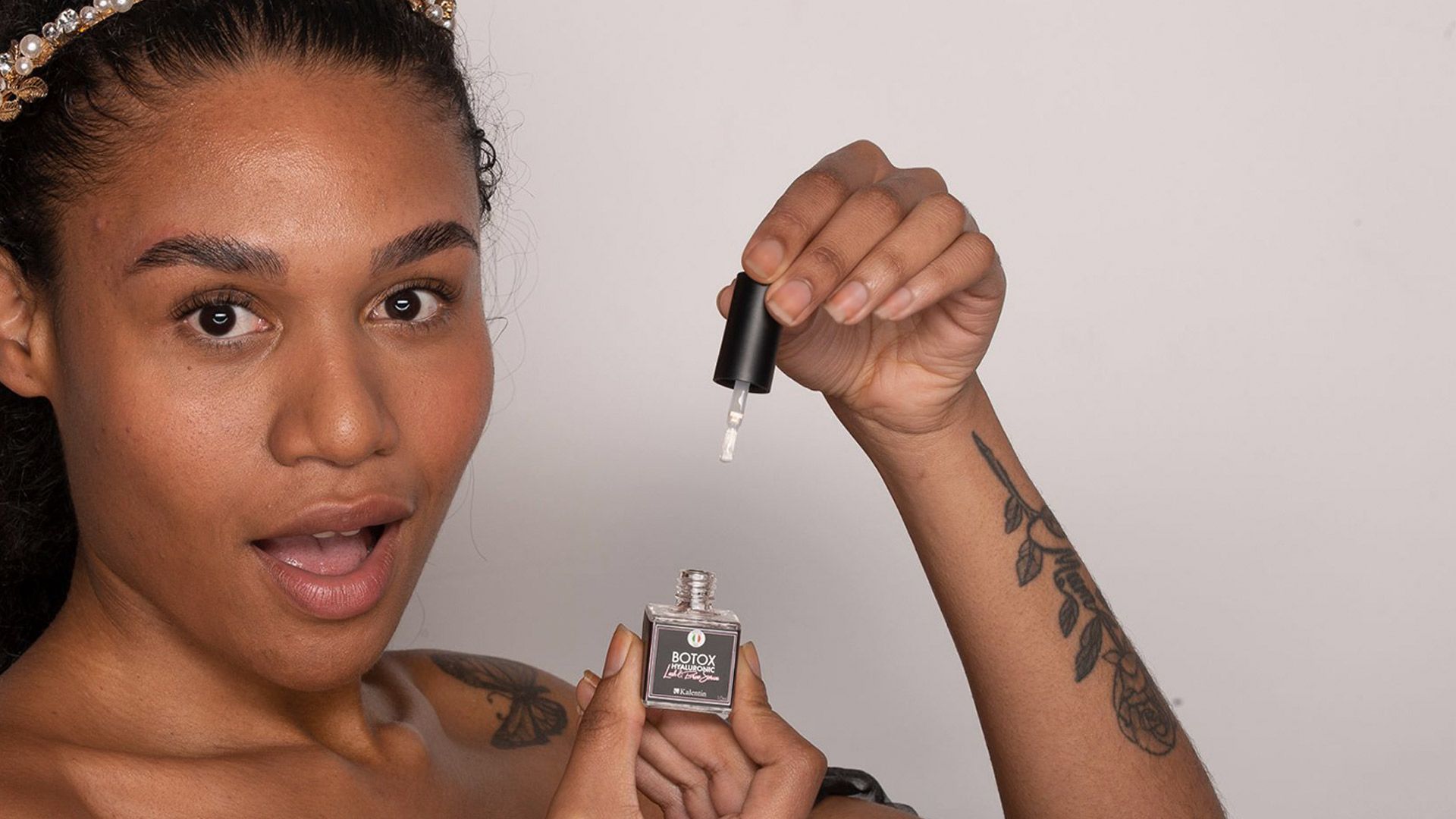Lash lifts are a popular beauty treatment designed to enhance the appearance of natural lashes by lifting and curling them upwards. Unlike traditional eyelash extensions or curling methods, lash lifts work with your own lashes to create a longer, more voluminous look.
In the UK, there’s a growing trend towards natural-looking, low-maintenance beauty solutions, with lash lifts being a prime example. Lash lift product ingredients typically include a combination of gentle and nourishing substances to ensure the safety and effectiveness of the treatment.
For those seeking vegan options, many lash lift kits now offer formulations that are free from animal-derived ingredients. Instead, they utilise plant-based alternatives and exclude any animal by-products. These vegan lash lift kits, 100% Made in Italy, cosmetically approved and ophthalmologically tested, ensure ethical and cruelty-free beauty treatments while still delivering excellent results.
The science behind lash lift products
The science behind lash lift products involves understanding the chemistry of the ingredients and how they interact with the structure of the eyelashes to create a lasting curl. To begin with, it’s essential to grasp the basic structure of eyelashes.
Eyelashes are made up of keratin, a protein found in hair, skin, and nails. The lash follicle anchors the eyelash to the eyelid and contains cells responsible for lash growth. Each eyelash has three main parts: the bulb, which is the base where the lash attaches to the follicle; the shaft, which is the body of the lash; and the tip, which is the end of the lash.
During a lash lift treatment, a solution is applied to the lashes. This solution typically contains chemicals like thioglycolic acid or ammonium thioglycolate. These chemicals break down the disulphide bonds within the keratin protein of the lash shaft. Disulphide bonds are responsible for maintaining the lash’s shape and rigidity.
Once the disulphide bonds are broken, the lashes become more pliable and can be reshaped. The lashes are then lifted and curled using a silicone or plastic rod or shield, and a neutraliser is applied to reform the disulphide bonds in their new shape. This process effectively sets the lashes in their lifted position.
The lasting curl is achieved because the reshaped disulphide bonds now hold the lashes in their new curled position. This curl typically lasts for several weeks, depending on individual lash growth cycles. Additionally, some lash lift products may contain conditioning agents such as keratin or vitamins to help nourish and strengthen the lashes during the treatment process.
Key ingredients in lash lift products and their roles
Lash lift product ingredients commonly contain key ingredients carefully selected to enhance the effectiveness and safety of the treatment. Keratin is a fundamental component found in many lash lift solutions. Known for its strengthening properties, keratin helps to fortify and nourish the lashes, promoting overall lash health and resilience. By infusing the lashes with keratin, the treatment can help reduce breakage and improve their appearance.
Another lash lift product ingredients are silicones, serving multiple purposes. These compounds act as shaping agents, allowing the lashes to be moulded into the desired curl during the treatment process. Additionally, silicones form a protective barrier around the lashes, shielding them from external aggressors such as environmental pollutants and harsh chemicals, which can contribute to damage and brittleness.
Conditioning agents are also commonly included in lash lift formulations to provide additional benefits to the lashes. These agents often contain vitamins, proteins, and moisturising compounds that hydrate and nourish the lashes, helping to maintain their health and vitality. By incorporating conditioning agents into the treatment, lash lift products can leave the lashes looking and feeling softer, smoother, and more supple after the procedure.
Safety and allergies
To mitigate the risk of allergic reactions and to ensure optimal results, it’s essential to perform a patch test before applying lash lift products to ensure compatibility with the client’s skin and eyes. Additionally, it is always recommended to rely on qualified technicians who should carefully follow product instructions and adhere to recommended safety precautions during the treatment process. By prioritising safety measures and staying informed about potential allergens, lash lift professionals can help minimise the risk of adverse reactions and ensure a positive experience for their clients.
Choosing the right lash lift product: tips for consumers
When choosing a lash lift product, consumers should prioritise quality ingredients and reputable brands. Look for products that use high-quality ingredients like keratin and conditioning agents, as these contribute to effective and safe treatments. Research the brand’s reputation and consider reviews from other consumers to ensure reliability and customer satisfaction.
It’s crucial to select a product that suits individual needs and lash types. Consider factors such as sensitivity to certain chemicals or desired results. Those with sensitive skin or eyes should opt for products formulated with gentle ingredients and perform patch tests before full application. Additionally, assess the desired outcome, whether it’s a dramatic lift or a more subtle curl, and choose a product that aligns with these preferences.
By carefully evaluating ingredient quality, brand reputation, and individual needs, consumers can make informed decisions when selecting a lash lift product, ensuring optimal results and satisfaction.
For more interesting articles , stay in touch with ilogi





